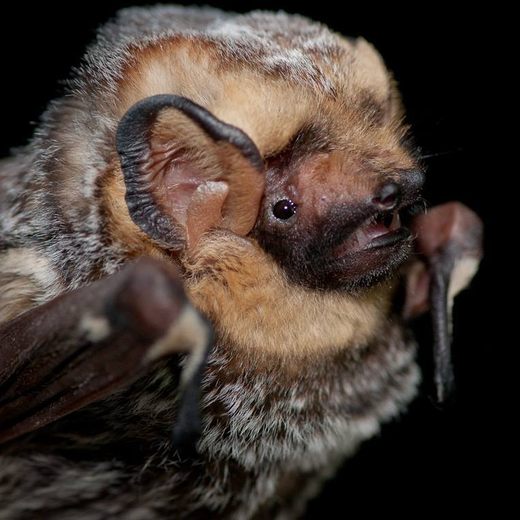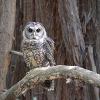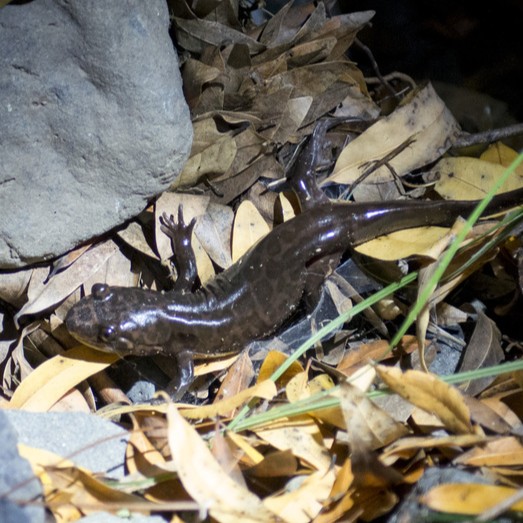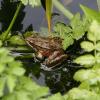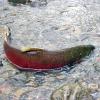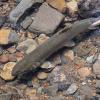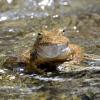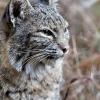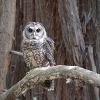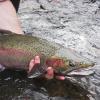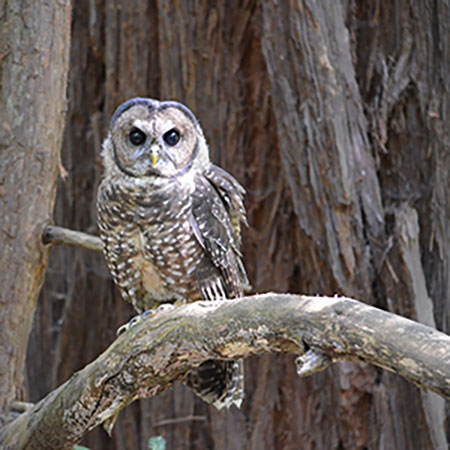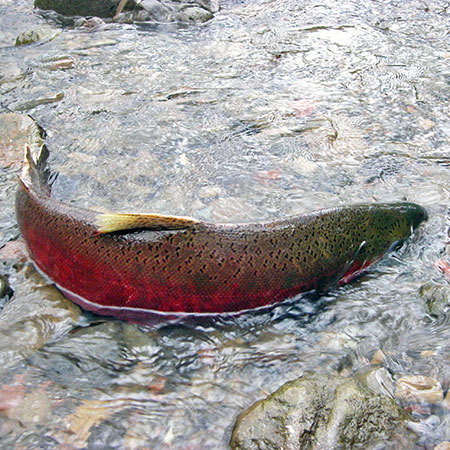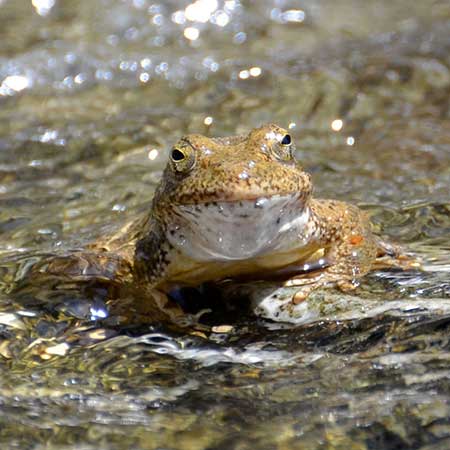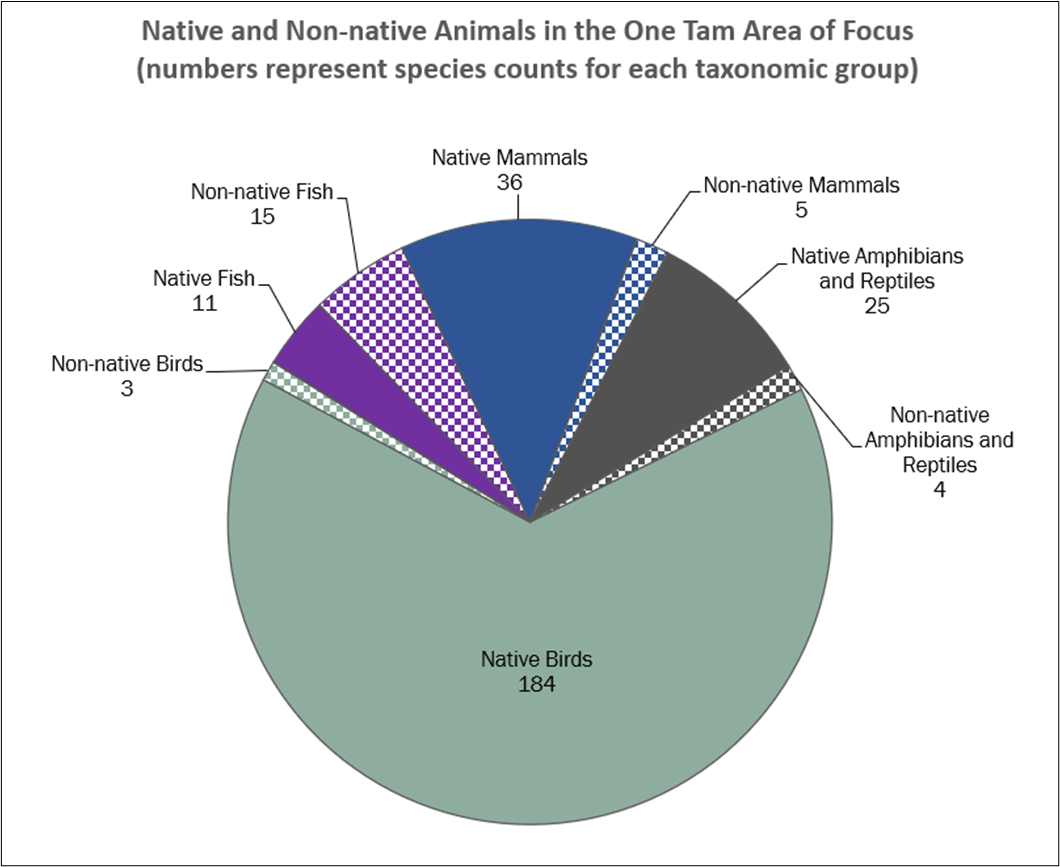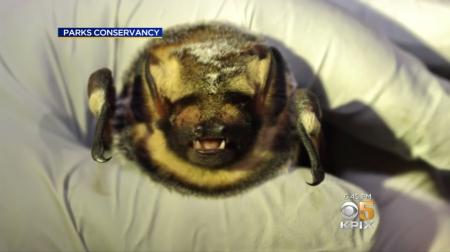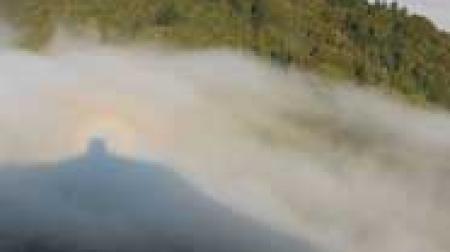The wildlife indicators chosen for this report were, in part, selected based on the amount of information available. Data on the mountain’s wildlife vary widely, depending on whether they have ever been inventoried or are regularly monitored. Some species, such as the threatened
Northern Spotted Owl (Strix occidentalis caurina), have been tracked for years, whereas bat monitoring only began after the 2016 version of this report. Other groups, like invertebrates, had never been systematically inventoried or monitored on Mt. Tam prior to 2016. Bee inventory work was initiated in 2017, and this update now includes a chapter on these critical contributors to the mountain’s ecological health.
Wildlife indicators were also chosen based on the likelihood that their condition and/or trend might reveal something about other aspects of ecosystem health. Certain species such as badgers reveal things about the extent and quality of Mt. Tam’s grasslands. We may also be starting to see a pattern of western spotted skunks avoiding areas along the urban edge. In addition, broader changes in wildlife abundance, distribution, and community composition can be tied to stressors such as altered natural- disturbance regimes (e.g., grazing, fire), climate change, and non-native species. Taken together, they can indicate important aspects about the health of the mountain.
This updated Peak Health report includes three new indicators: bats, the California giant salamander, and bees. Land managers and the Parks Conservancy began coordinating resources to monitor and understand all three better after the 2016 report identified them as key data gaps.
The links in the photos above will take you through the different wildlife indicators used in this health assessment from their broadest categories down to the individual species level.
Additional information about this health assessment process, including how indicators were chosen, is available in the What We Did section of this site.
